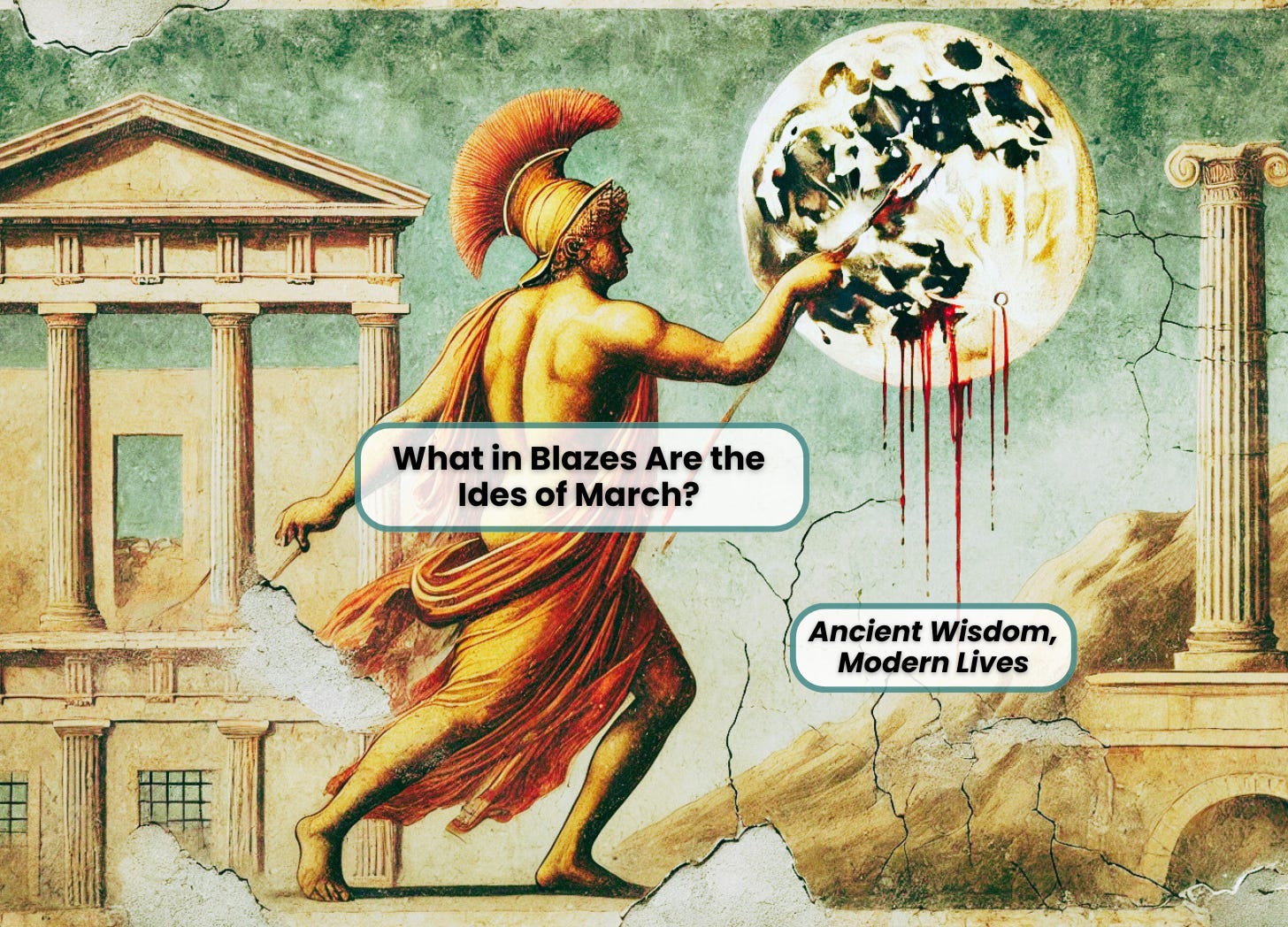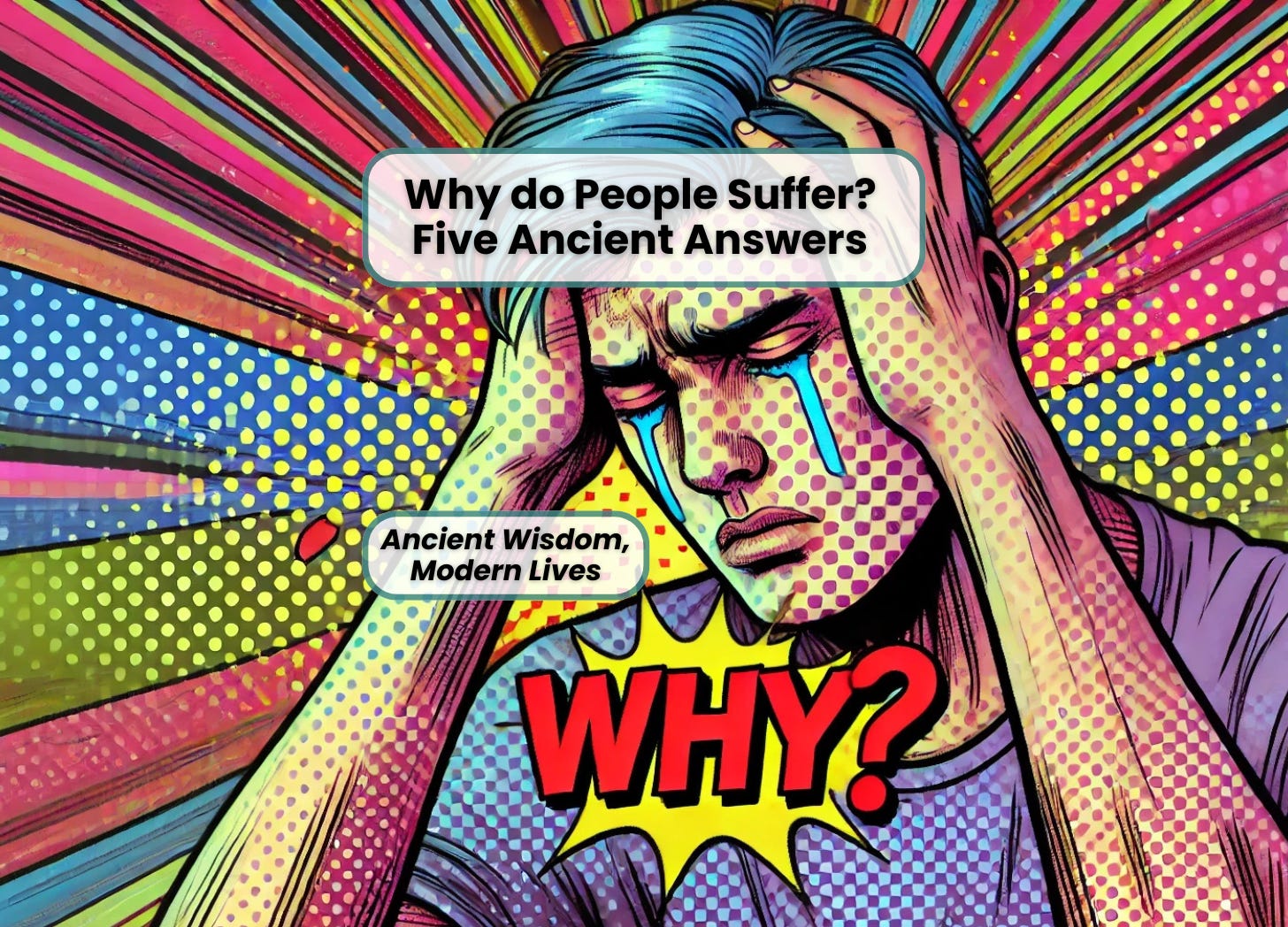How Translation Used to Work
Nowadays, translators usually try to figure out what a word originally meant before they translate it. But translation hasn’t always worked that way.
For example, a passage in the (mid-first-millennium) Talmud explains the Hebrew word sechvi. The story, in the part of the Talmud known as Rosh Hashanah 26a, explains that Rabbi Shimon ben Lakish went traveling, and on his travels he heard people using the word sechvi to mean “rooster.” And that’s how we know that the word sechvi — a hapax legomenon appearing only in the book of Job — means “rooster.”
The story is unlikely to be true. It’s unlikely that it was meant to be true. The story is set in a time long after people stopped speaking Hebrew. And normally when an opinion is important enough to consider it is cited along with the person who said it.
Yet to this day, the official Jewish assumption is that this unnamed, anonymous, unlikely-to-be-informed source from the Talmud was right. Accordingly, when Jewish prayer books quote the line as part of the daily liturgy, the translation “rooster” accompanies the text. The NAB, The Message, and others translate the word as “rooster” as well.
I think what we see is a reflection of a different approach to translation.
In the days of the Talmud (not long after the NT was canonized), they didn’t care if the translation was what we would now call accurate, because it’s a modern approach that focuses on what the text originally meant.
I no longer actively write this blog, but you can find me at Ancient Wisdom, Modern Lives
Subscribe Now I'd love to see you there!It used to be that the focus was on what the text could be made to mean.






4 Responses
Couldn’t one say that Aramaic (which R Shimon likely heard in his travels) borrowed a Hebrew word here?
>It used to be that the focus was on what the text could be made to mean.
What motivated the Talmud to make ‘sechvi’ mean rooster?
I don’t know. It’s a good question. Anyone?
How sure are we of the other object in the verse, tuchot? Could not an understanding of one word influence the understanding of the other?